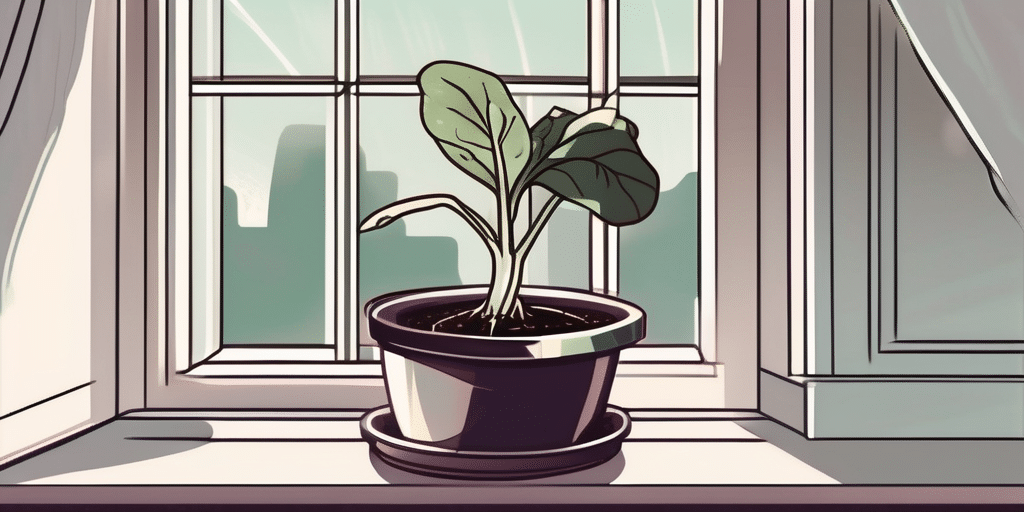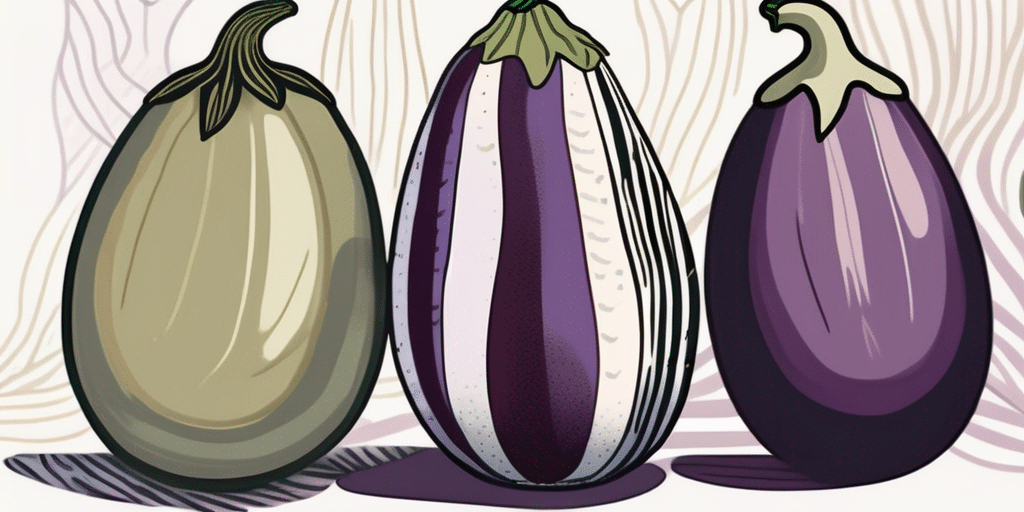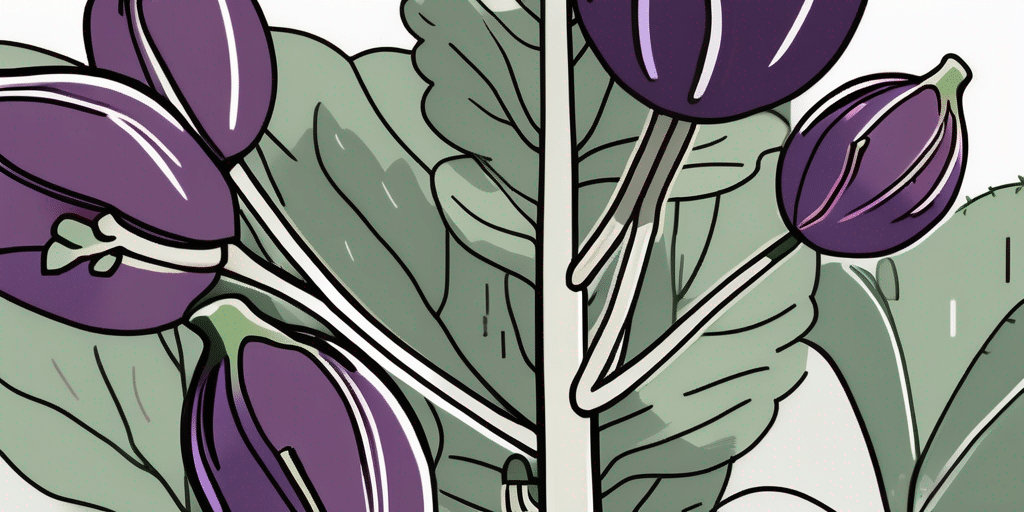The Diamond Eggplant, a popular variety of eggplant known for its unique shape and rich flavor, is a staple in many gardens. But knowing when and how to harvest this vegetable can be a bit tricky for beginners. In this guide, we’ll explore the best practices for harvesting Diamond Eggplants to ensure you get the most out of your garden.
Understanding the Growth Cycle of Diamond Eggplant
Before we dive into the specifics of harvesting, it’s important to understand the growth cycle of the Diamond Eggplant. This knowledge will not only help you determine the best time to harvest, but also inform your overall gardening strategy.
The Diamond Eggplant, like most varieties of eggplant, is a warm-season crop. According to the USDA, it typically takes between 60 to 70 days from transplanting for the plant to start bearing fruit. However, this can vary based on factors such as the quality of soil, the amount of sunlight, and the care provided to the plant.
The Seedling Stage
The first stage in the growth cycle of the Diamond Eggplant is the seedling stage. This is when the plant is most vulnerable, so it’s crucial to provide the right care during this period. The seedlings should be kept in a warm, well-lit area and watered regularly.
According to the Purdue University Extension, it’s best to transplant the seedlings into the garden when they have at least two sets of true leaves and the danger of frost has passed.
The Flowering Stage
The next stage is the flowering stage. This is when the plant starts to produce flowers, which will eventually turn into fruit. The flowers of the Diamond Eggplant are typically purple and should be pollinated to produce fruit.
It’s important to note that not all flowers will turn into fruit. According to the University of Minnesota Extension, it’s normal for some flowers to fall off without producing fruit, especially during periods of extreme heat or cold.
When to Harvest Diamond Eggplant
Knowing when to harvest Diamond Eggplant is crucial to ensure you get the best quality fruit. Harvesting too early or too late can affect the taste and texture of the eggplant.
Generally, Diamond Eggplants are ready to harvest when they are about 5 to 6 inches long and have a glossy, dark purple skin. The skin should be firm to the touch, but not hard. If the skin has started to lose its shine or the seeds inside have turned brown, the eggplant is overripe.
Signs of a Ready-to-Harvest Diamond Eggplant
Here are some signs that your Diamond Eggplant is ready to harvest:
- The eggplant is about 5 to 6 inches long.
- The skin is glossy and dark purple.
- The skin is firm to the touch, but not hard.
- The eggplant feels heavy for its size.
If your eggplant meets these criteria, it’s likely ready to harvest. However, it’s always a good idea to taste test one eggplant before harvesting the rest. If the eggplant tastes bitter, it’s likely not ready for harvest.
How to Harvest Diamond Eggplant
Once you’ve determined that your Diamond Eggplants are ready to harvest, it’s time to pick them. Here’s a step-by-step guide on how to do it:
- Locate a ripe eggplant. Look for the signs mentioned above to determine if the eggplant is ready to harvest.
- Use a pair of sharp, clean scissors or a knife to cut the eggplant from the plant. Make sure to leave about an inch of stem on the eggplant.
- Gently wipe off any dirt or debris from the eggplant. Avoid washing the eggplant until you’re ready to use it, as water can cause it to spoil faster.
- Store the harvested eggplant in a cool, dry place. Avoid storing it in the refrigerator, as cold temperatures can damage the fruit.
Remember, it’s important to handle the eggplant gently to avoid bruising the fruit. Also, make sure to harvest regularly to encourage the plant to produce more fruit.
Final Thoughts
Harvesting Diamond Eggplant is a rewarding experience that requires a bit of knowledge and care. By understanding the growth cycle of the plant and knowing when and how to harvest, you can ensure that you get the most out of your garden.
Remember, the key to a successful harvest is patience. Don’t rush the process, and make sure to provide your plants with the care they need to thrive. Happy gardening!
Join Our Gardening Community
Ready to take your gardening skills to the next level? Subscribe for free to How to Grow Everything and learn how to build the garden of your dreams! Receive personalized gardening advice tailored to your location, grow zone, and experience. Enjoy the best gardening tips, special offers, and deals delivered straight to your inbox. With our family’s commitment to quality, you can grow everything from Diamond Eggplants to a full harvest with ease. Subscribe now and join a community passionate about gardening. 100% free, no spam, just growth!





